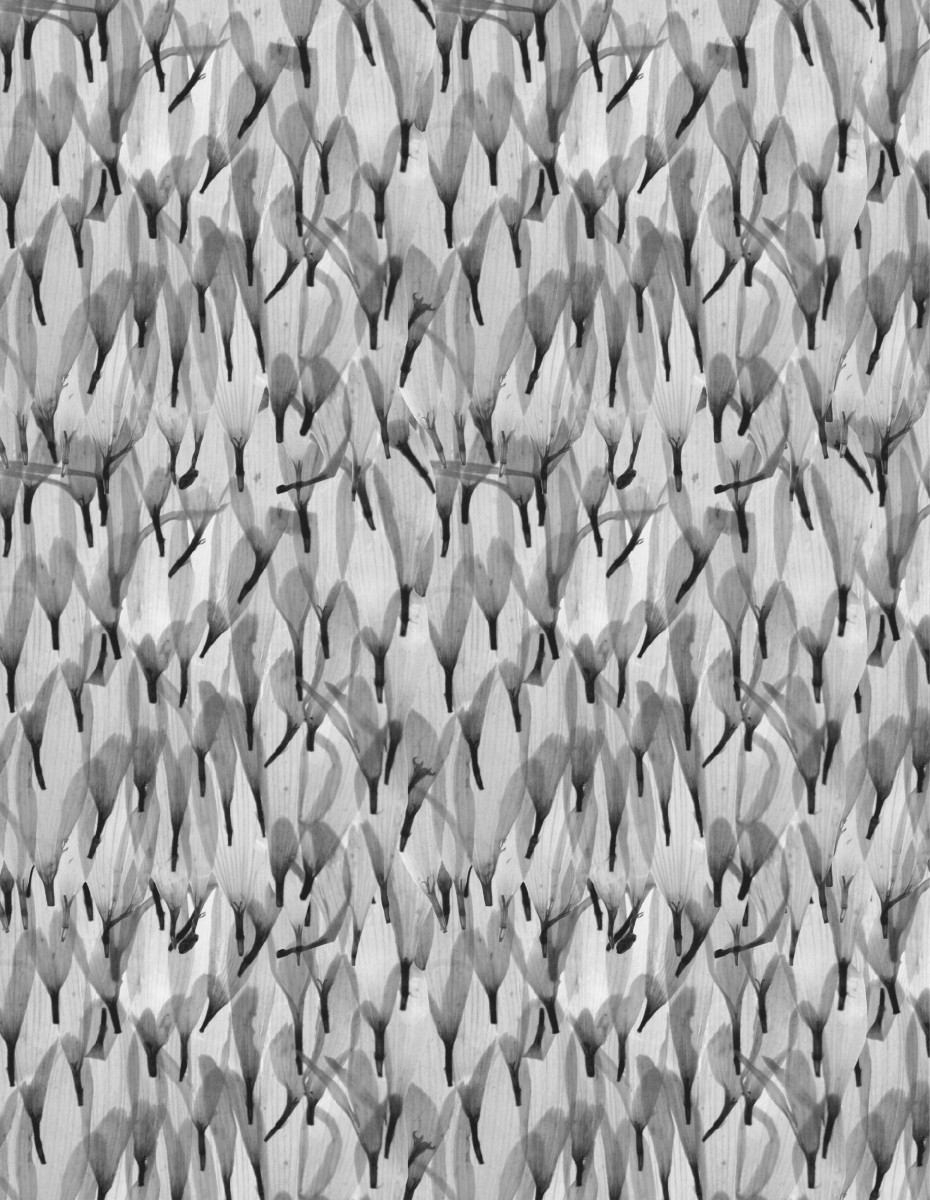On the Boundary of the Garden
Enclosed Garden as an Archetype in Contemporary Architecture
- Author
- Kronavetter Zsófia DLA
- Supervisor
- Szabó Levente DLA
- Year
- 2019
- Download disszertáció
The space of the enclosed garden, transcending its literal meaning, has been present in architecture since the beginning. Even today, in an age unsure about its relationship with nature and symbols, architects in every part of the world draw by their hands this ever prevalent form.
In my dissertation I attempt to examine this segment of architecture from the point of view of the practicing architect. My approach is one that seeks possible answers to the same questions taking different approaches, those questions being such as:
Why and what kind of enclosed gardens are designed in the 21st century?
What kind of relation do those gardens have to their classical predecessors?
How can the general laws and individual characteristics of this type of space be described using concrete examples?
The question arises whether the artchitectural essence, the unchangeable character of the enclosed garden can best be examined and revealed through means of philosophy, tipology or history of space. The three-tier structure of my dissertation – outside of the garden, on the confines of the garden, in the garden – attempts a special approach to the subject. To think about the garden, to build a garden and to be in the garden: these can be ways of knowing the same thing, only from different points of view. Writing, designing and experiencing can happen simultaneously as abrupt changes in view points happen characteristically when employing an architectural mode of thinking. The buildings described in the dissertation were chosen from built works of architecture from the period ranging from the second half of the 20th century to our present day, marked by a clear architectural concept of articulating enclosure and enclosed space (while also admitting to the selection being a subjective one).
Outside the garden: an examination of the context in a broad sense. Description of three phenomena related to the enclosed garden – enclosed space, enclosed garden and Hortus Conslusus. A review of the related problems in tipology and the history of architecture.
On the confines of the garden: an architectual examination of the space wall and the enclosing structure through examples of different designers’ concepts of pavilons, cemeteries, mueum buildings, workplaces and residential bulidlings. Just as the most literal focus of the architect is creating borders to enclose space, in a symbolic way man himself also stands on the confines of the garden (as put by Peter Zumthor, whose words were chosen as motto of this dissertation).
In the garden – an examination of the central point and the space open to the above. By looking at quadrums of monasteries, two notions, symbol and paradox emerge as a possible, albeit subjective way of understanding the present-day relevance of the enclosed garden.
On entering the garden, its paradoxical, multi-layered space leads us into a multi-dimensional view of the world – one that is seemingly antinomic according to the rational logic – this way opening us up for ’’faith, as life in a paradox’.1 This realisation gave me an answer to the initial question (borne out of more personal than scientific leanings) that urged me to research this topic, namely, what makes enclosed gardens and cloisters so appealing even today.
